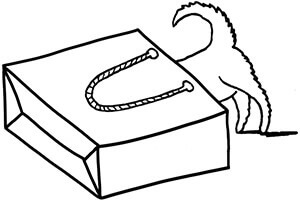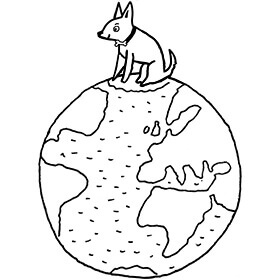-

Your Shopping Bag is empty

The Responsible Choice
Buying antique jewellery is both ethical and eco-friendly as harmful and destructive mining processes are not needed to make an item yours.
Find Out More

 Free Australia Shipping
Free Australia ShippingA smart Art DecoA movement within the arts between the two Great Wars (1920-1935) across Europe and the US, characterized by its clean, geometric designs. The aesthetic was intended to celebrate an age of progress and the modernity of the machine. More silverA metallic element which is malleable and ductile, and white in colour, making it ideal for use in jewellery. It is usually mixed with copper to improve its hardness.
More pendant on a long silver chain that was made in the 1920s in Germany. It has been set with a rectangular cut facetedA faceted stone has small, flat-cut surfaces that make a sparkling effect on transparent stones. Facets act as both mirrors and windows. Reflecting light and channelling light into a stone where it refracts and re-emerges. More onyxOnyx is an opaque black variety of polycrystalline chalcedony quartz. More with a diamondA precious, lustrous gemstone made of highly compressed carbon. Diamonds are one of the hardest materials known to mankind. Colours of diamonds range from colourless, yellow, orange and brown to almost black. Natural coloured (or ‘fancy’) diamonds can be extremely rare. The cut, colour, clarity and carat weight of a diamond are the criteria jewellers use... More in the centre. Germany is well known for it’s good design especially in the Art Deco period. Most pieces were made in Phorzheim, an industrial town in the Black Forrest. This style of pendant can be worn day and night and always looks good.

Buying antique jewellery is both ethical and eco-friendly as harmful and destructive mining processes are not needed to make an item yours.
Find Out More


We always stand by our five core principles:
Quality, Rarity, Expertise, Peace of Mind and Personal Touch